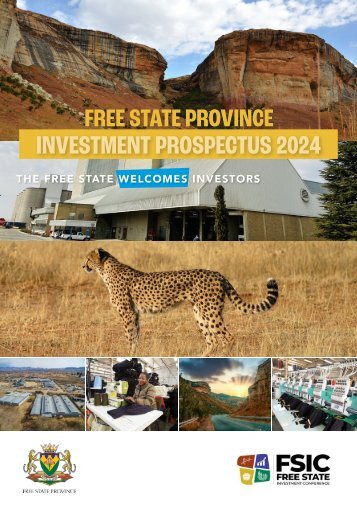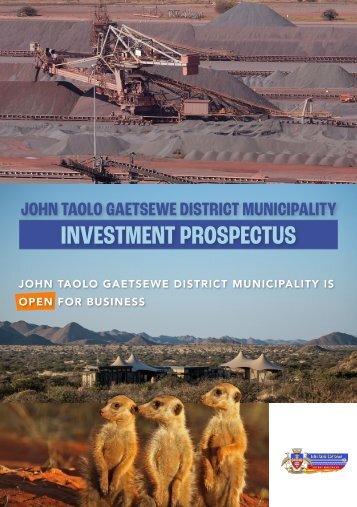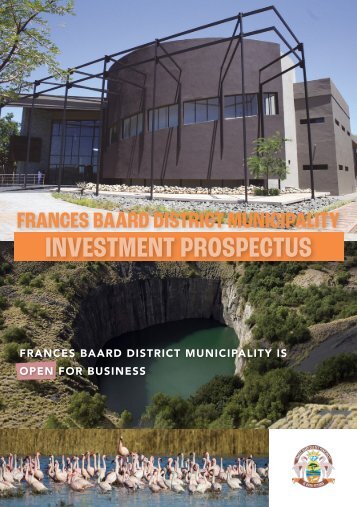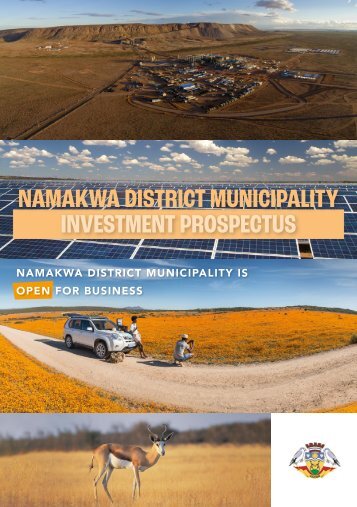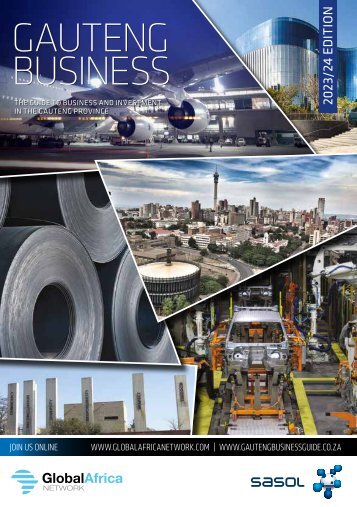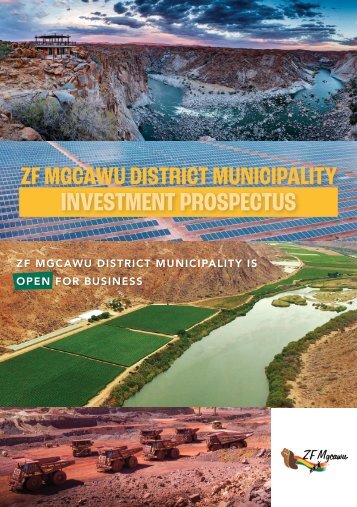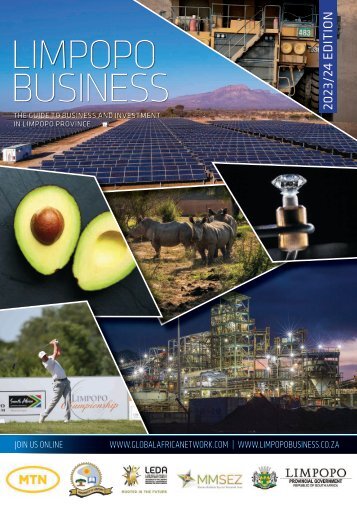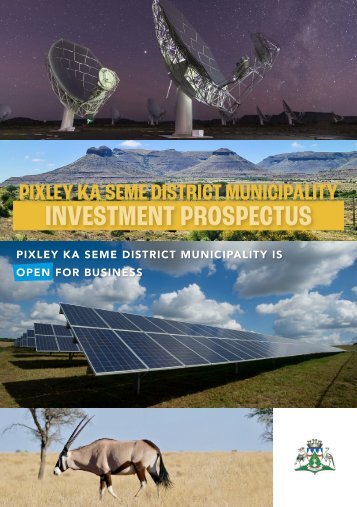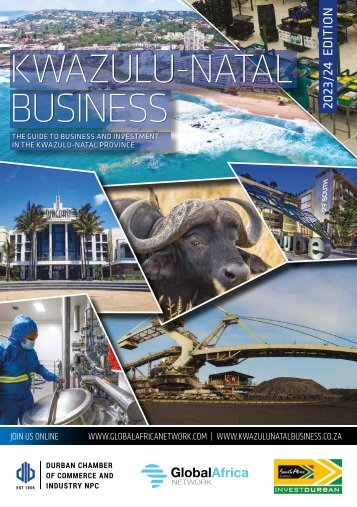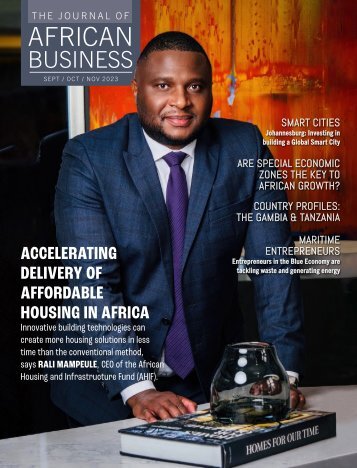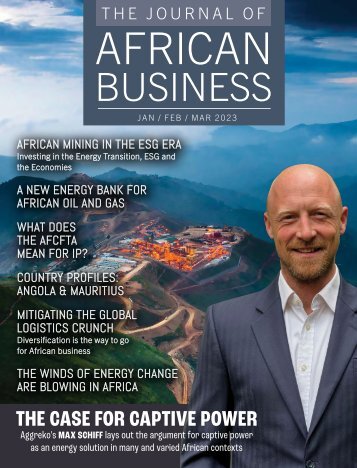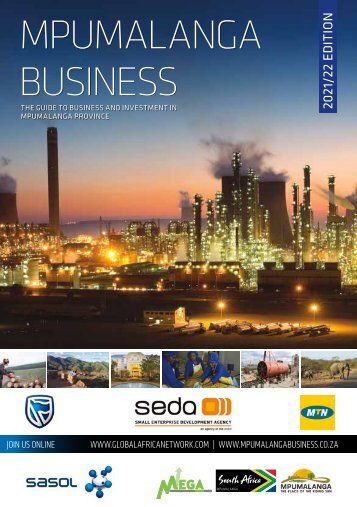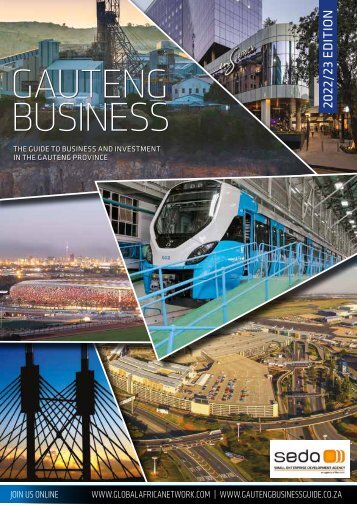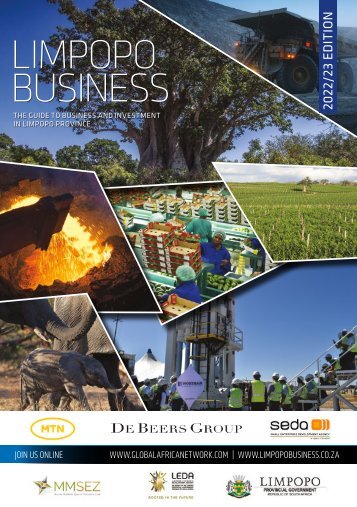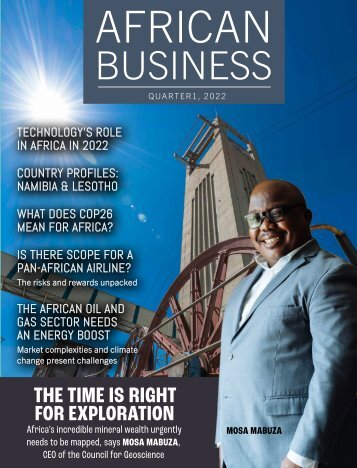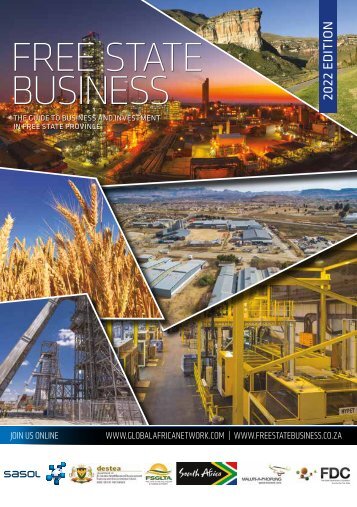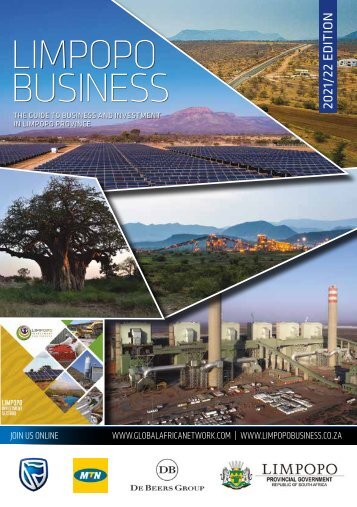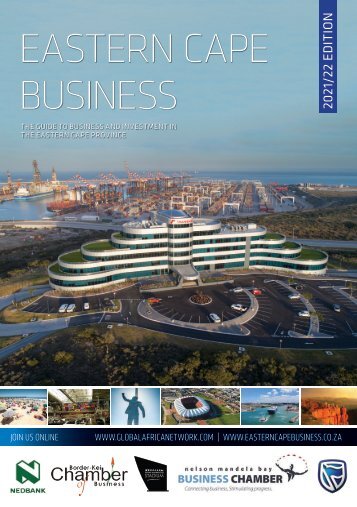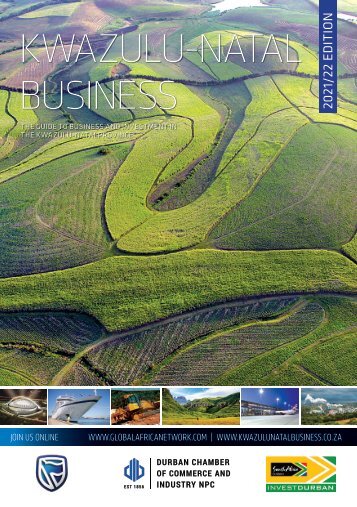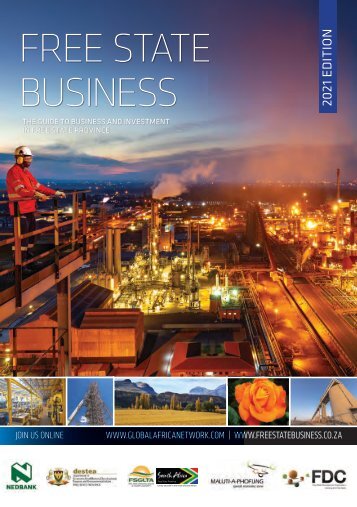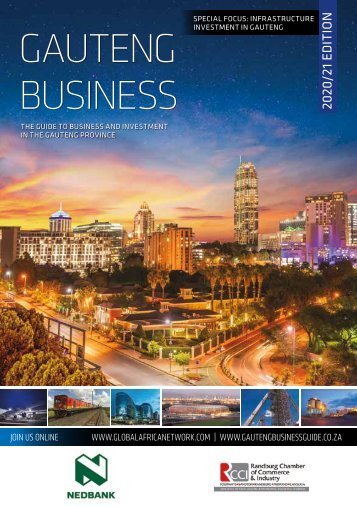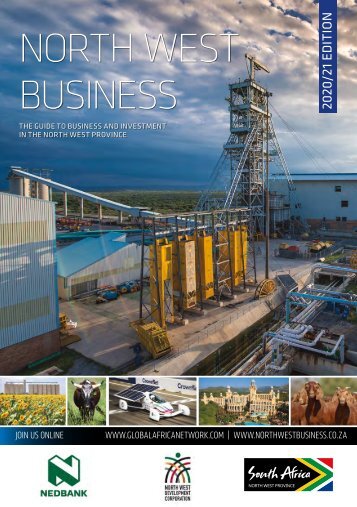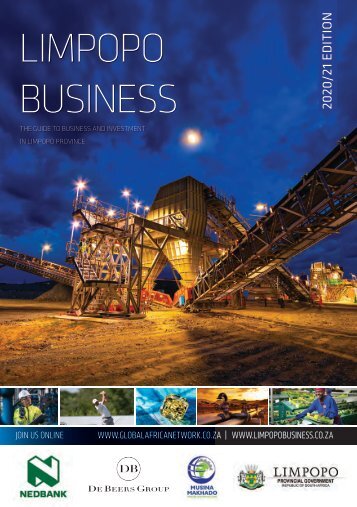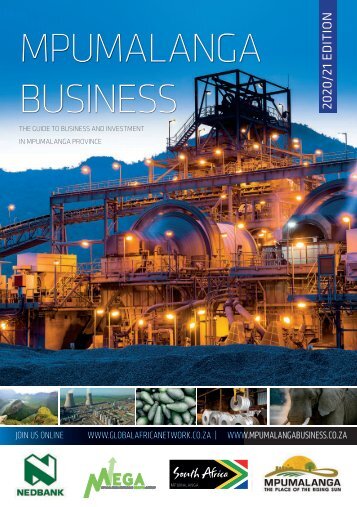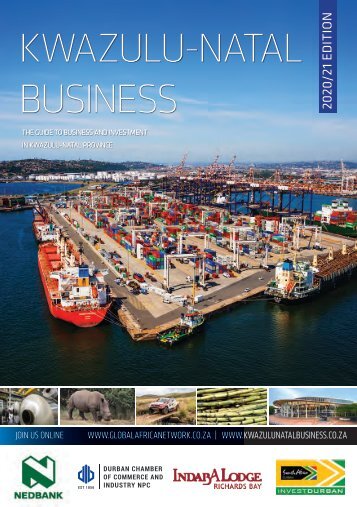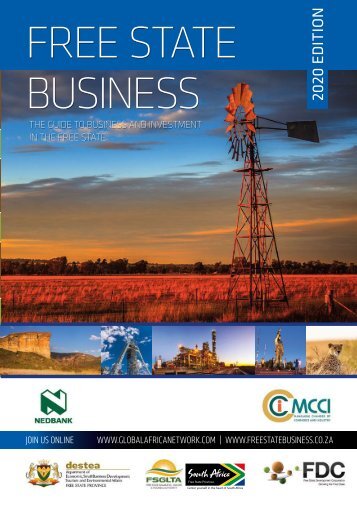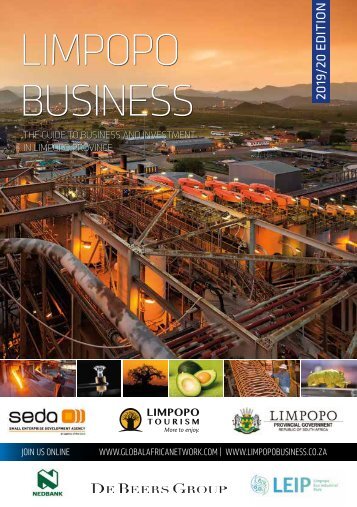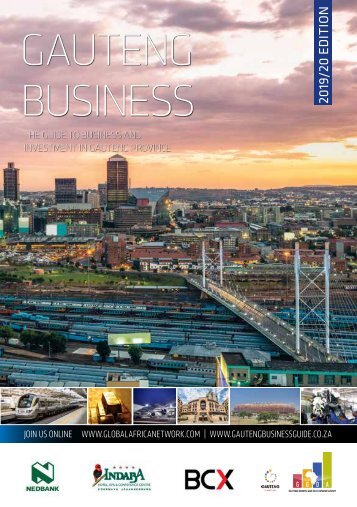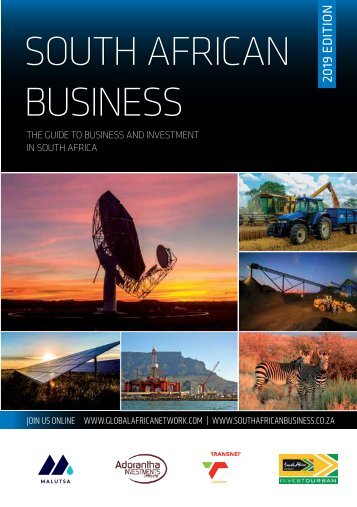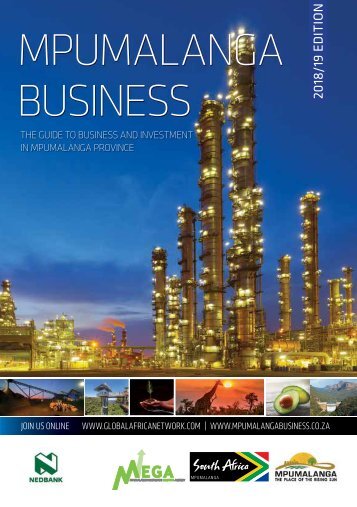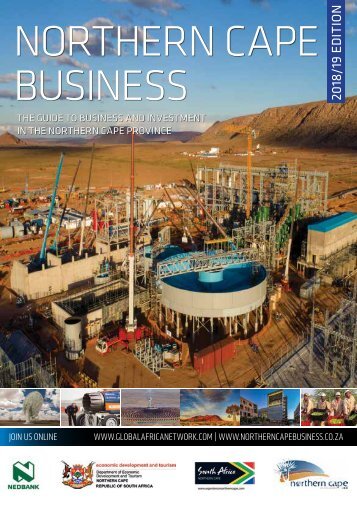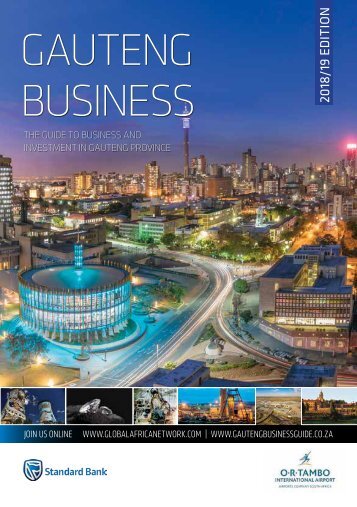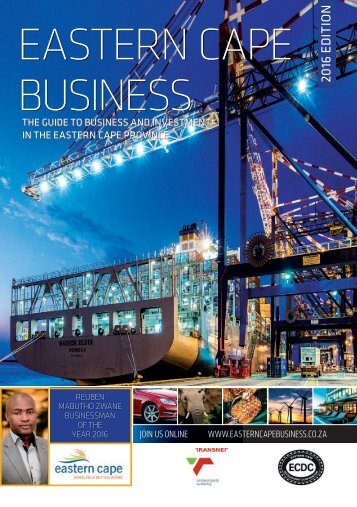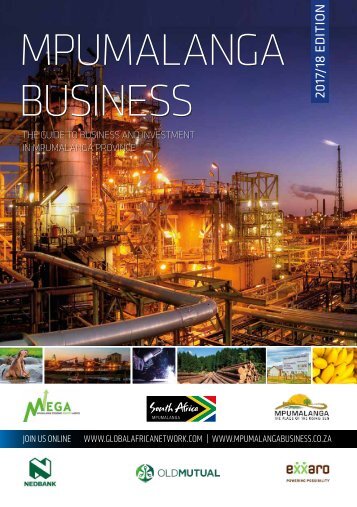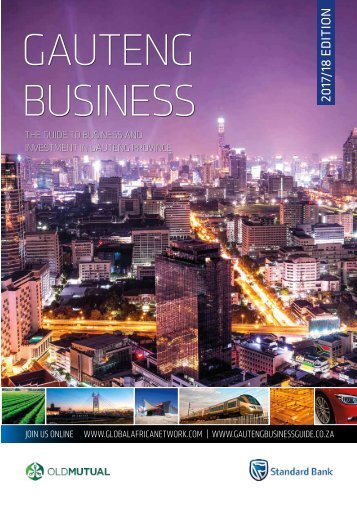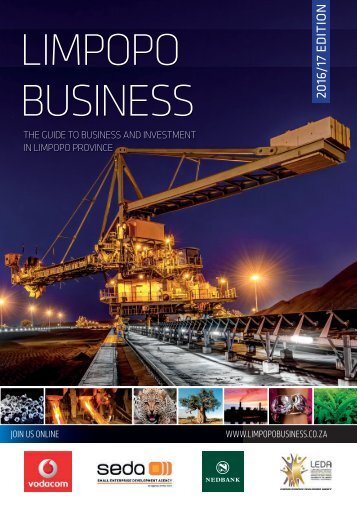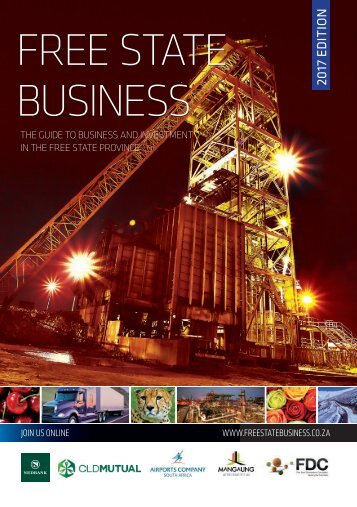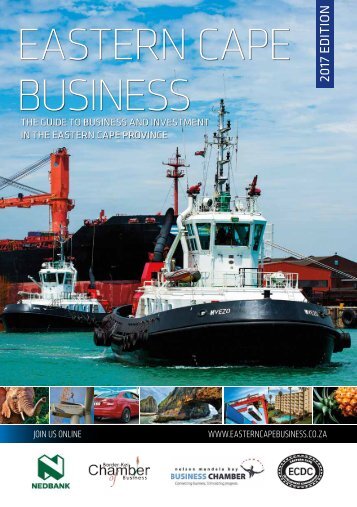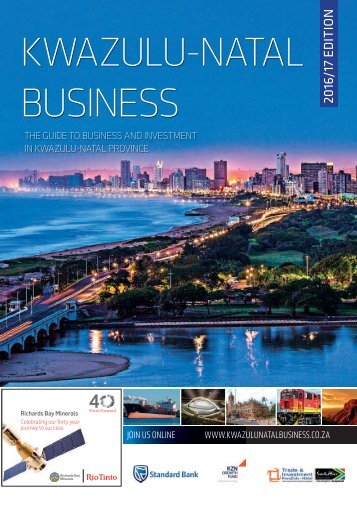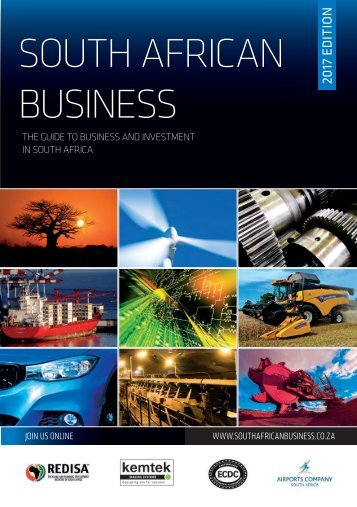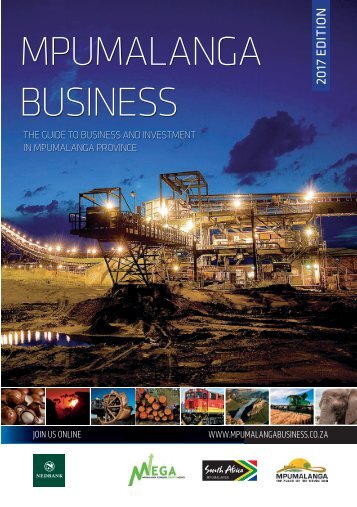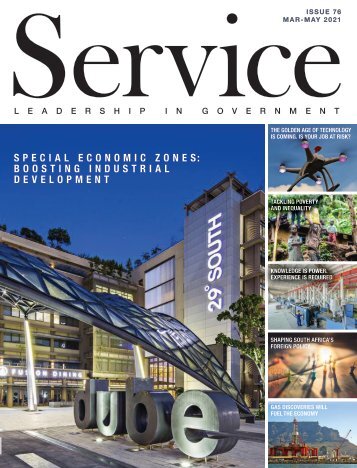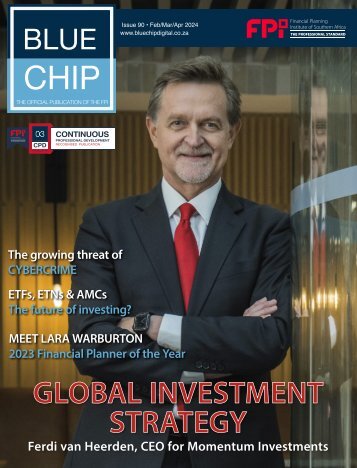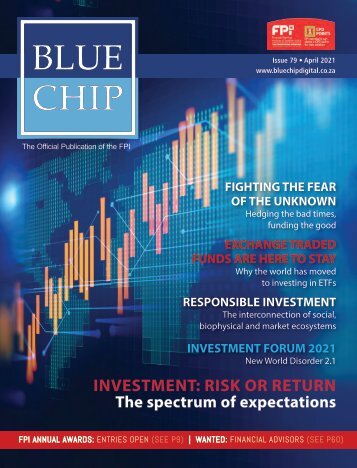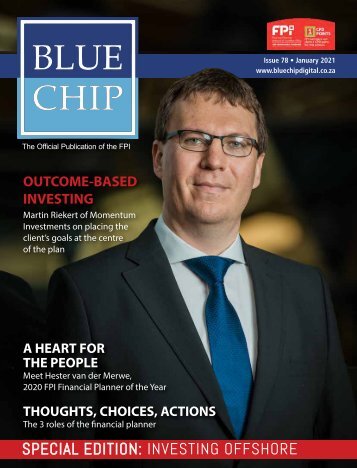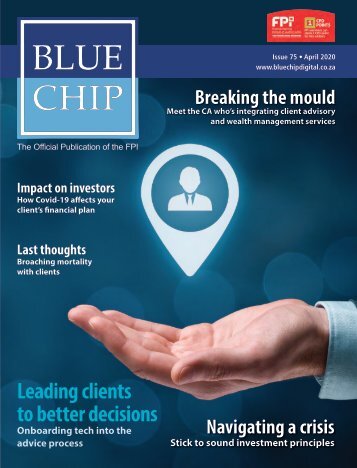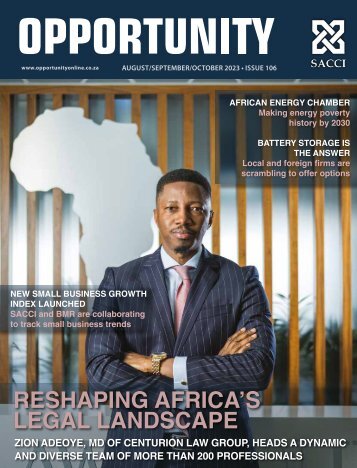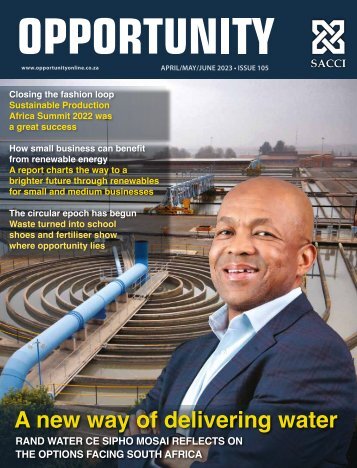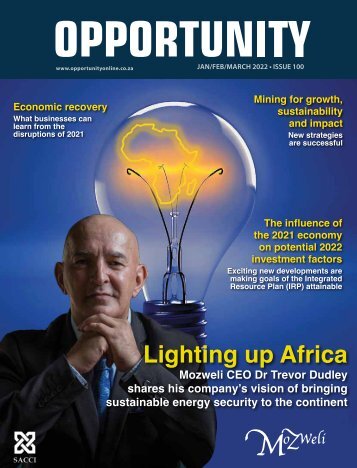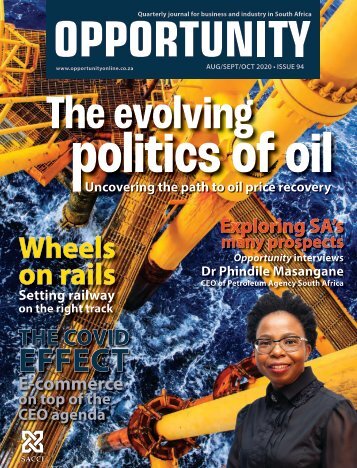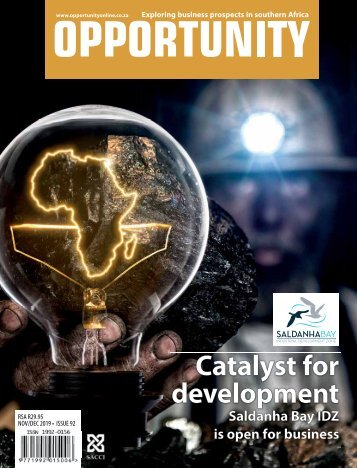Journal of African Business Issue 5
- Text
- Infrastructure
- Sectors
- Energy
- Continental
- Technology
- Finance
- Trade
- Invest
- Business
- Africa
- Countries
- Tourism
- Continent
- Solutions
- Global
- Projects
- Mining
- African
THE CASE FOR CAPTIVE
THE CASE FOR CAPTIVE POWER IN AFRICA Industry and mining require a stable supply of power to operate optimally, a requirement which cannot always be guaranteed in Africa. Aggreko’s Max Schiff outlines how various captive power options can mitigate disruptions and how the company is investing heavily in battery-storage solutions to assist in creating hybrid solutions which combine grid and renewable sources. Please define “captive power”. There are numerous definitions and types of captive power. Most commonly, it is defined as “behind the meter” energy or power that is generated at the user site, rather than imported from a wider grid transmission system via an energy meter. The scale, sources and applications of captive power differ significantly. While it could be at the household level, here we are talking about industrial and commercial applications. This may include processing plants with the onsite generation, such as sugar factories using thermal power from burning bagasse to generate steam to drive a turbine; industrial parks or farms with rooftop or ground-mounted solar PV arrays; manufacturing plants with onsite gas power generation such as turbines or reciprocating engines running on piped gas, biogas or even associated petroleum gas (flare gas); or onsite wind turbines powering mine sites or other commercial/industrial facilities. The list goes on. Is this something that is growing in the world? As with the overall power demand, there is a growing demand for captive power globally. Depending on the circumstances, demand may be driven by environmental and social governance Remote mining destinations such as this one in the Democratic Republic of the Congo must use captive power to support their operations. Credit: Aggreko 6
ENERGY (ESG) targets, high-cost peak utility tariffs, intermittency or fluctuations of grid supplies, or even a total absence of a grid in many areas of the world. Where captive power can be cleaner, cheaper and/or more reliable than grid supply, then there is motivation to assess the return on investment (ROI) of supplementing or substituting the grid with a captive-power source. The extractives industry, such as the mining of minerals or oil and gas, often takes place in unconnected regions. It also requires stable power to maintain production of high-value materials to cover the high operating and capital costs of such industries. In such cases, captive power is the only option. However, today’s question is primarily how to secure reliable power and avoid intermittency while achieving maximum renewable penetration and remaining cost-effective? This is a question driving significant investment in control system and battery storage development required to improve the trade-off between carbon reduction via renewable penetration and the reliability of thermal power. This is an endeavour that Aggreko has invested in significantly in the past six years, particularly since it acquired the battery storage provider Younicos in 2017. In much of the developing world grid stability and electrification lag behind the developed world. Here, the value drivers for captive power are more pronounced. Higher cost and less reliable power increase the ROI of captive power, even for industries that are less power intensive and produce lower-value goods and materials. In the developed world, net metering policies provide financial motivation for commercial and domestic entities to install captive power solutions as excess power is sold back to the grid via smart meters, allowing revenue from curtailed power, hence improving the ROI of the initial investment. In other geographies, there are regulatory caps and barriers placed on captive power installations, especially for gridconnected industrial entities, as state-owned utilities attempt to prevent loss of market to captive solutions. South Africa experienced the opposite of this in 2021 when President Cyril Ramaphosa announced that the regulatory cap on selfgeneration in South Africa would increase from 10MW to 100MW, paving the way for increased competitors for the national grid from captive power installations. This was done in response to an ageing centralised generation infrastructure dependent on coal power assets that are not to be overhauled, for obvious environmental reasons. And in other parts of Africa? Africa presents an interesting scenario. As mentioned above, cost, instability and access metrics trail much of the world, thus encouraging investment in captive power due to a higher comparative ROI. This is not only driven by large off-grid extractive off-takers in the mining and oil and gas industry, but a broader range of actors. The extractives industry has been a leader in the captive power space for decades due to its often-remote locations. Capital investment in transmission and distribution infrastructure to connect to a high-cost and unreliable grid supply often does not make sense. This is especially true when critical applications are considered, such as underground mining where power outages not only present significant health and safety risks, but 7 How to secure reliable power and avoid intermittency while achieving maximum renewable penetration and remaining cost-effective? Max Schiff, Head of Sales, Southern East Africa, Aggreko
- Page 1 and 2: THE JOURNAL OF AFRICAN BUSINESS AFR
- Page 3 and 4: EXECUTIVE EDUCATION Lead | Change |
- Page 5 and 6: Mauritius gained independence from
- Page 7: NEWS LOW-EARTH ORBIT SATELLITES HOL
- Page 11 and 12: ENERGY Would mining be another sect
- Page 13 and 14: ESG IN MINING collaboration with ex
- Page 15 and 16: EDUCATION FLEXIBLE LEARNING IS CRIT
- Page 17 and 18: ENERGY FINANCE .5-billion, with
- Page 19 and 20: WIND POWER DEVELOPMENT AND MULTILAT
- Page 21 and 22: GREEN INVESTMENTS HOW SOUTH AFRICA
- Page 23 and 24: GREEN INVESTMENTS to pay the main r
- Page 25 and 26: COPYRIGHT The aim behind AfCFTA Pha
- Page 27 and 28: SUPPLY CHAIN AfCFTA is aggressively
- Page 29 and 30: TOURISM Brand Africa has announced
- Page 31 and 32: EVENTS AFRICAN EVENTS Global Africa
- Page 33 and 34: GLOBAL AFRICA NETWORK Founded in 20
Inappropriate
Loading...
Mail this publication
Loading...
Embed
Loading...


